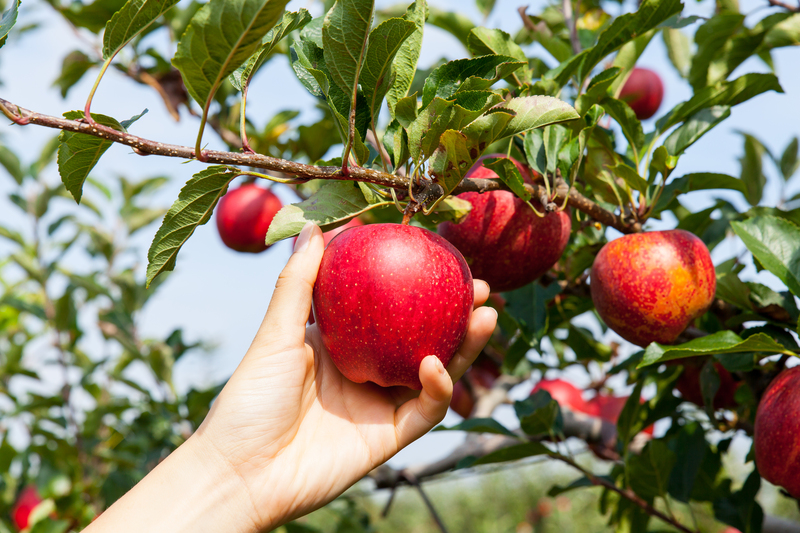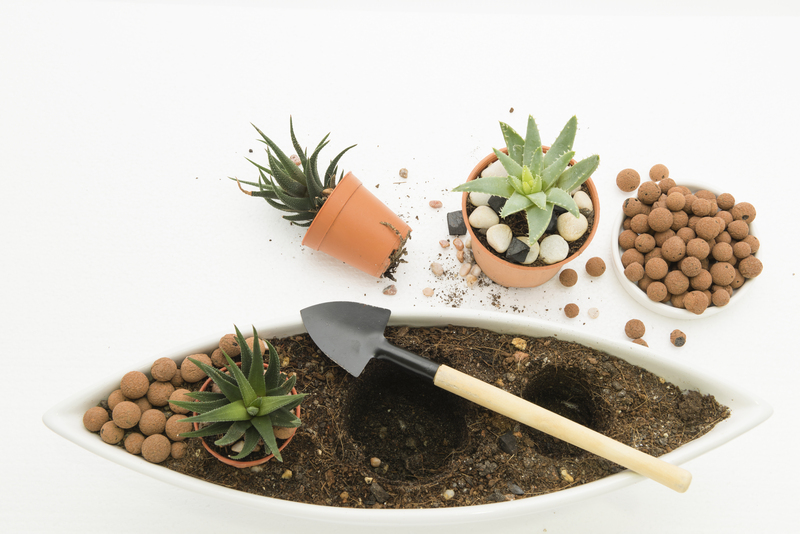Orchid Care Tips
Posted on 28/07/2024
The Ultimate Guide to Orchid Care Tips
Orchids are among the most exotic and beautiful flowers you can grow at home. Their elegance and unique forms make them a favorite among plant enthusiasts. However, orchid care can be a bit daunting for beginners. Fear not, as we've compiled an essential guide filled with valuable orchid care tips that will help your orchids thrive.

Understanding Orchid Varieties
Before diving into care tips, it's essential to understand that there are numerous orchid varieties. The Phalaenopsis, also known as the moth orchid, is one of the most popular and beginner-friendly types. Other common varieties include Cattleya, Dendrobium, and Vanda. Each type has specific needs, but the following tips will provide a solid foundation for general orchid care.
Light Requirements
Orchids need the right amount of light to flourish. They thrive in bright, indirect light. Too much direct sunlight can scorch the leaves, while too little light prevents blooming. Place your orchids near a south or east-facing window, where they can receive filtered light. If natural light is limited, consider using a grow light.
Watering Your Orchids
Proper watering is crucial for orchid health. Overwatering is one of the most common mistakes. Orchids prefer to dry out slightly between waterings. Water your orchids once a week during the growing season and reduce to every two weeks in the dormant phase. Ensure adequate drainage by using pots with holes and a well-draining orchid mix.
Humidity Levels
Orchids thrive in humid environments. Aim for a humidity level between 50-70%. If you live in a dry area, increase humidity by placing a tray of water near the orchids or using a humidity tray. Misting the leaves occasionally can also be beneficial, but avoid overdoing it to prevent fungal growth.
Fertilizing Orchids
Orchids have specific nutritional needs. Use a balanced orchid fertilizer (20-20-20) at quarter strength every other week during the growing season. Reduce fertilization during the dormant phase. Over-fertilizing can harm the roots, so less is more when it comes to orchids.
Repotting Orchids
Orchids should be repotted every 1-2 years to provide fresh growing medium and more space for root growth. The best time to repot is after flowering. Select a pot only slightly larger than the current one and use a specialized orchid mix. Gently trim any dead or rotting roots during repotting.
Temperature and Air Circulation
Orchids prefer a daytime temperature between 70-80?F (21-27?C) and a nighttime drop to 55-65?F (13-18?C). Ensure good air circulation to prevent stagnant air, which can lead to disease. A gentle fan can help maintain airflow around your orchids.
Common Issues and Solutions
1. Yellowing Leaves: Often caused by overwatering or insufficient light. Adjust your watering schedule and ensure adequate light.
2. Dropping Buds: Can indicate temperature fluctuations or insufficient humidity. Stabilize temperatures and increase humidity levels.
3. Root Rot: Typically due to overwatering or poor drainage. Repot immediately, trim affected roots, and adjust your watering practices.
Pros and Cons of Growing Orchids
Pros:
- Orchids add exotic beauty and elegance to any space.
- Varied species offer a wide range of colors and shapes.
- Can bloom multiple times a year with proper care.
Cons:
- Require specific care and attention to thrive.
- Sensitive to improper watering and humidity levels.
- Susceptible to pests and diseases if not monitored.
Orchid Care Tips at a Glance
- Provide bright, indirect light.
- Water once a week and ensure proper drainage.
- Maintain humidity levels between 50-70%.
- Fertilize with a balanced orchid fertilizer at quarter strength.
- Repot every 1-2 years with fresh orchid mix.
- Ensure good air circulation around your orchids.

Key Takeaways
- Understand the specific needs of your orchid variety.
- Balance light, water, humidity, and temperature for optimal growth.
- Regular maintenance, such as fertilizing and repotting, is essential.
- Monitor for common issues to keep your orchids healthy.
Conclusion
Orchids may seem challenging at first, but with the right knowledge and care, they can thrive and bring unparalleled beauty to your home. By following these orchid care tips, you'll be well on your way to becoming a confident and successful orchid grower. Happy orchid gardening!



